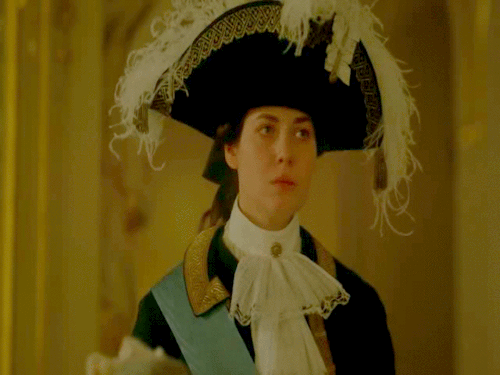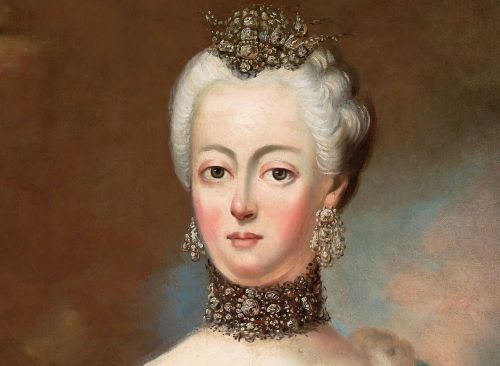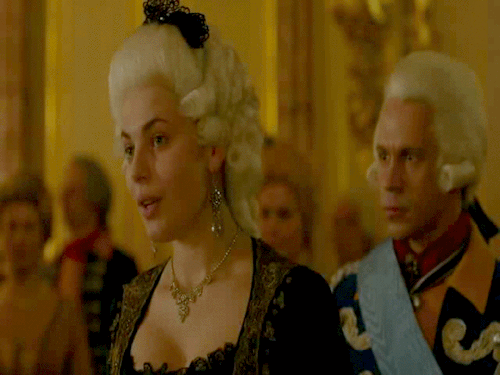catalina-de-aragon:Russian History:Catherine II (1729 – 1796)Born Sophie Friederike Auguste von Anh
catalina-de-aragon:Russian History:Catherine II (1729 – 1796)Born Sophie Friederike Auguste von Anhalt-Zerbst, the daughter of a German prince, she was related through her mother to the dukes of Holstein. In accordance with the custom then prevailing in the ruling dynasties of Germany, she received her education chiefly from a French governess and from tutors. Catherine’s childhood was quite uneventful. In 1745, after being received into the Russian Orthodox Church, and changing her name to Catherine, she married Grand Duke Peter, grandson of Peter the Great and heir to the Russian throne. The marriage was unhappy, but the couple did produce one son, Paul. In 1762 Catherine’s husband became Tsar Peter III but he was soon overthrown with Catherine being declared empress. Peter was then killed shortly afterwards and it is not known whether Catherine had a part in his death. She subsequently had a series of lovers whom she promoted to high office, the most famous and successful of whom was Grigori Potemkin. Catherine’s major influences on her adopted country were in expanding Russia’s borders and continuing the process of Westernisation begun by Peter the Great. During her reign she extended the Russian empire southwards and westwards, adding territories which included the Crimea, Belarus and Lithuania. Agreements with Prussia and Austria led to three partitions of Poland, in 1772, 1793, and 1795, extending Russia’s borders well into central Europe.Catherine began as a political and social reformer but gradually grew more conservative as she got older. In 1767 she convened the Legislative Commission to codify Russia’s laws and in the process modernised Russian life. She presented the commission with her Nakaz, (or ‘Instruction’), a strikingly liberal document that presented the empress’s vision of the ideal government. The commission produced no desired results and the outbreak of war against the Ottoman Empire in 1768 provided a good opportunity to disband it.The Pugachev Rebellion of 1774-1775 gained huge support in Russia’s western territories until it was extinguished by the Russian army. Catherine realised her heavy reliance on the nobility to control the country and instigated a series of reforms giving them greater control over their land and serfs. The 1785 ‘Charter to the Nobility’ established them as a separate estate in Russian society and assured their privileges. Catherine therefore ignored any concern she may previously have had for the plight of the serfs, whose status and rights declined further.Catherine’s main interests were in education and culture. She read widely and corresponded with many of the prominent thinkers of the era, including Voltaire and Diderot. She was a patron of the arts, literature and education and acquired an art collection which now forms the basis of the Hermitage Museum. She became the most-renowned and longest-serving female monarchs of Russia, with her reign seen by many as the Golden Age of Russia. Catherine died in 1796 from a stroke which caused her to fall into a coma, from which she never recovered. She was buried in a gold coffin at the Peter and Paul Cathedral in St Petersburg. She was succeeded by her son Paul. (x) Yuliya Snigir played Catherine II of Russia in TV series “Catherine the Great” (2015) -- source link
#history#russian history#18th century#queens







